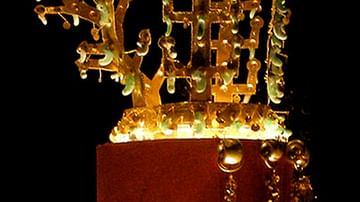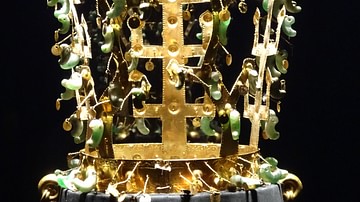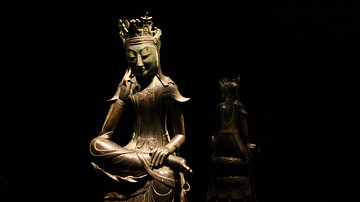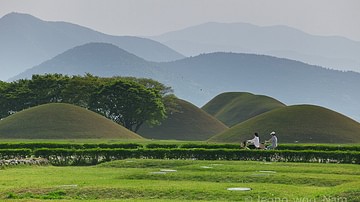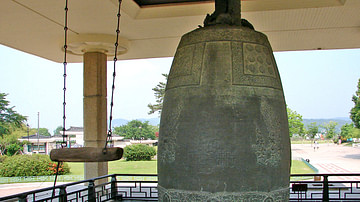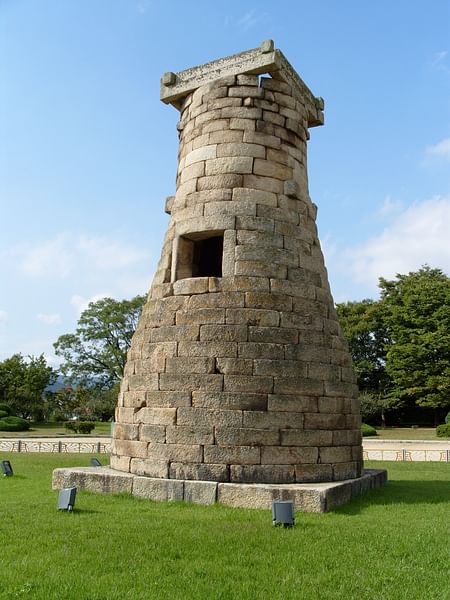
Cheomseongdae (Chomsongdae) is a 7th-century CE observatory tower located in Gyeongju, the capital of the Silla Kingdom of ancient Korea. It is the oldest surviving astronomical observatory in East Asia and is listed as no. 31 on the official list of National Treasures of Korea.
Gyeongju – City of Arts & Science
It is believed that the observatory tower, sometimes known as the Cheomseongdae Royal Observatory, was, according to the 13th-century CE Samguk yusa text, built in the early years of the reign of Queen Seondeok (632-647 CE), who reigned just before the Silla kingdom would reach the height of its prosperity and go on to control all of the Korean peninsula in 668 CE. The capital at Gyeongju became a centre of culture, arts, and science with a particular flourishing in mathematics, astronomy, and astrology. It is likely that the Cheomseongdae tower was the centrepiece of an entire scientific district, such was the importance given to the effect of celestial bodies on human affairs in Korean culture. The name Cheomseongdae may be translated as the 'reverently regarding the stars platform.'
Design & Function
The granite observatory tower is constructed in the shape of a bottle. Nine metres (29 ft) tall, it was made using 362-5 (scholars cannot agree on the exact number) large stone rectangular blocks set in a circular arrangement of 27 courses. These numbers are significant according to some historians. The number of blocks symbolises the days of the year and Queen Seondeok was the 27th monarch of the Silla kingdom. Further, the small square window of the tower is so positioned that there are 12 layers of bricks above and below it, representing the calendar months. The tower stands on a square base constructed using a single course of bricks. The tower narrows as it rises and is topped by a square platform made from eight long blocks, two on each side. The overall design is thus thought to encapsulate the traditional Chinese worldview of the 'round-heaven, square-earth.'
The tower acted like the gnomon of a sundial. It also has a south-facing window which captures the sun's rays on the interior floor on the spring and autumn equinoxes. Originally there may also have been an armillary sphere (model of celestial bodies) on top of the tower. Astronomy and astrology were an important part of everyday life in ancient Korea, governing such activities as agriculture and giving divine authority to the actions of the sovereign. The science of observation was also highly developed and Silla scientists produced detailed star charts, no doubt, using such observatories as Cheomseongdae.
Alternative Theories
More controversial theories as to the purpose of the tower are that it was designed to imitate the holy Buddhist mountain Mt. Sumeru and was a site of worship and prayers of the state religion at that time. Another theory is that the tower was built in honour of the Mesopotamian goddess Ishtar (Inanna), who was associated with the heavens and who may have been worshipped by Queen Seondeok. Still another suggestion is that the tower represents the female form and was, therefore, a temple dedicated to worship of the queen, the first female ruler in the history of the Silla kingdom. Lacking any convincing evidence to support such propositions, however, the scholarly consensus remains that the tower was, in fact, an observatory.
This content was made possible with generous support from the British Korean Society.
